
What is interactive walkthrough software?
Interactive walkthrough software solutions are designed to provide customers a step-by-step product guide that aims to highlight unique features of an application or service and show how these features can be integrated into the customers’ workflows. Ultimately, the objective of interactive walkthrough software is activation, but it’s also used by SaaS companies to train new staff, onboard new users, and highlight new features and product updates.
SaaS companies often employ user segmentation to help them provide specific users a personalized interactive walkthrough experience. This ensures that users only get step-by-step instructions on the features that are relevant to their use case.
What does interactive walkthrough software look like?
Typically, interactive walkthroughs are processes structured as easy checklists that a user can go through to discover relevant features and how to use them. As users go through the checklist, they are provided with contextual help about the next step as they complete the previous one.
Interactive walkthrough software is used in lieu of making direct contact with each user to show them how a product is used and their features. Walkthroughs are designed to give users a first-hand experience of a product and help them retain what they learned so they can maximize its use.
Interactive walkthroughs can also be used on your company website to provide short product demos or engaging previews of how your product will work. This is another opportunity to highlight features relevant to certain users and provide potential scenarios where the product can be best used.
Why use interactive walkthrough software?
Interactive walkthrough software eliminates complexity by making content creation simple even for those who don’t have coding or programming experience. Most users of the software will be non-technical marketing and product managers and teams, so this is a welcome benefit.
Using no-code software also makes it easier for non-technical users to make UI changes and tweaks as necessary to make the interactive walkthrough more engaging and effective. This also lessens the workload of IT teams so they can focus on bigger, more complex projects.
Scalability is one of the key features of interactive walkthrough software. Because marketing teams can create the walkthroughs themselves and don’t have to rely on IT teams to do the work for them, content can be created in less time and distributed to more users who need help or support.
Customers also find walkthroughs useful, with 86% saying that they prefer a business that invests in onboarding content that welcomes and educates them after their purchase. In fact, 8 in 10 users say they’ve stopped using an application because they didn’t know how to use it.
How do you make an effective interactive walkthrough?
Different companies and applications may design their interactive walkthrough software differently, depending on their needs. However, there are certain steps that will be common in any product walkthrough.
Start with the welcome screen

The first screen isn’t only a welcome screen; it’s your first chance to capture the attention of the user and embed a microsurvey that will help you segment them according to their level of proficiency with the app, what type of users they are, what they’re looking for in your product, and other personal characteristics and preferences.
Establishing what users need from your interactive walkthrough will help you provide relevant information and provide maximum value by highlighting how your product will benefit each user specifically.
Set key activation points
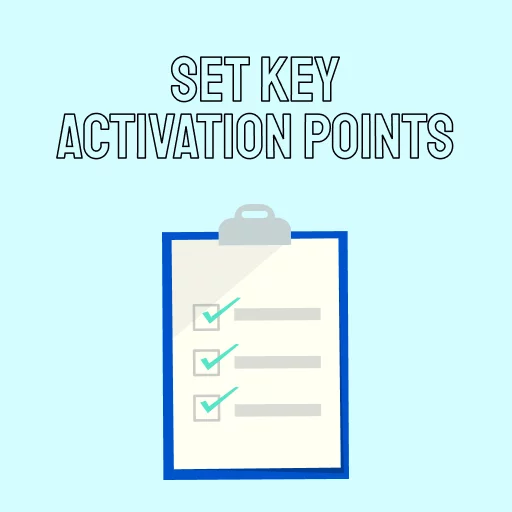
If activation is the goal of your interactive walkthrough, there has to be a clear definition of what activation looks like for each customer segment. Once this is done, you can set this as a metric for your walkthrough.
An important aspect that determines what activation looks like is the feature or set of features most used by your active users. The most used features are probably the reason a customer stays with your product, and will be the reason for activation.
The most used features of your product correspond to its value proposition. At the end of the day, activation depends on what value your product brings to the customer. Remember to keep the “why” in mind and not get too focused on the “how.”
Keep it simple

While shorter product walkthroughs aren’t always the best and don’t guarantee activation, making it easier for your customer is always an excellent objective. The attention span of today’s users have also shortened to mere seconds; linger too long or fail to simplify a certain section of your walkthrough and your customers will leave and go somewhere else.
When creating interactive walkthroughs, ensure that you create an intuitive path for your customers; simplify the complex and cut down the fat so you leave only the meat of your product.
Focus on the user, not the walkthrough

While building great interactive walkthrough software is the goal, focus should be on the user instead of the software itself. Empathy is key here; put yourself in the shoes of new users and explain everything in a manner that won’t confuse them.
Don’t forget or skip steps, even the simplest ones, to avoid confusion and avoid over-explaining concepts to avoid boring the users. Personalize the walkthrough experience to make them useful and engaging the specific user segment you’re targeting.
The interactive walkthrough software is important, but if you lose focus of who you’re building it for, its value is lost.
What are the benefits of interactive walkthrough software?
Compared to the traditional way of training and onboarding employees and customer webinars and product training sessions, interactive walkthrough software solutions offer a host of benefits for both the business and the user. It also helps with recall because the customers learn firsthand and at their own pace.
Studies show that humans forget approximately half of new information learned within an hour of learning it, which increases to up to an average of 70% within 24 hours. This phenomenon is more popularly known as the Ebbinghaus forgetting curve.
Because interactive walkthroughs are more direct and show the practical application of the product, it’s more impactful and memorable for users. It also encourages them to use the product more because they already know how to use it firsthand.
Below are the other benefits of an effective interactive walkthrough.
Quick content creation

By using interactive walkthrough software, content can easily be created without the need for complicated programming and coding. You can use the software to create walkthroughs in a variety of formats and distribute them accordingly.
Walkthroughs can also be exported into PDF files, video or audio files, or other formats for future reference.
Personalization

Arguably the key factor for activation, personalizing your walkthroughs allows for different objectives and metrics based on customer segment, employee level, or other factors. By designing them based on who will be using them, it becomes a useful tool in increasing product proficiency or knowledge.
Different users will have different reasons for using your product, and personalized walkthroughs are an excellent way to show them how your product can help them achieve their personal or business goals.
Easy access

Providing a product walkthrough allows customers to get the necessary information on demand. You can even integrate it into the product itself so users don’t have to leave the application to get help.
Whenever a user gets confused or wants to learn more about a certain product feature, an in-app interactive walkthrough is available to provide the necessary information and support.
Faster adoption
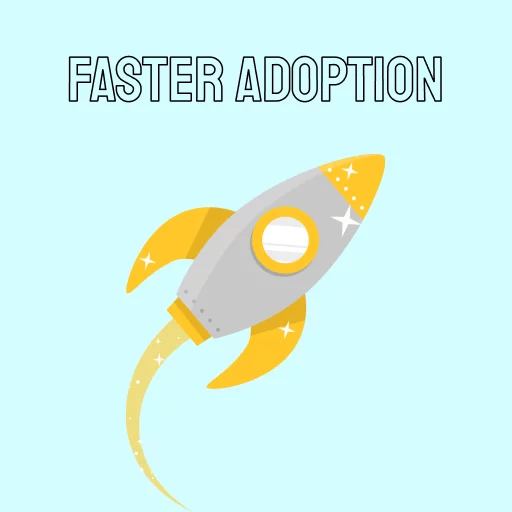
Because information is easily accessible, customers can start using a new product or tool without having to go outside the application or contacting customer support. With everything they need at their fingertips, users can easily adopt a solution with the knowledge that they can always come back to the walkthrough if they need immediate help.
Reduced costs

Traditional training methods \are time-consuming and can be very expensive. It can also be challenging to schedule one because you’ll have to consider the various schedules of customers from different locations and even time zones. Creating and updating content for interactive walkthrough software is quicker and cheaper, and they can be made available so that users can access them at their convenience.
What to look for in interactive walkthrough software
Regardless of the type of business, there are main features of interactive walkthrough software that you should look for before making an investment. The following features enhance the overall experience for both the content creators and users, and ensure that the right content is delivered to the right users.
User segmentation

Software that can group users based on signup date, industry, and other specific parameters will help you personalize the experience and focus on providing only the content that’s relevant to certain users or groups. Segmentation also saves time and makes content creation quicker, minimizing wait time for the users.
Automation

Interactive walkthroughs are designed primarily to educate users, but it doesn’t have to stop there. Automating processes helps avoid errors while making the entire process quicker and more efficient.
Comprehensive data collection

The best way to measure the effectiveness of your interactive walkthroughs is to get the word straight from the horses’ mouths. By collecting data on how customers interact with your software, you can see what’s working and what needs to be improved. You can also get insights on what they’re looking for and what can potentially lead them to activation.
Support for multiple devices or platforms
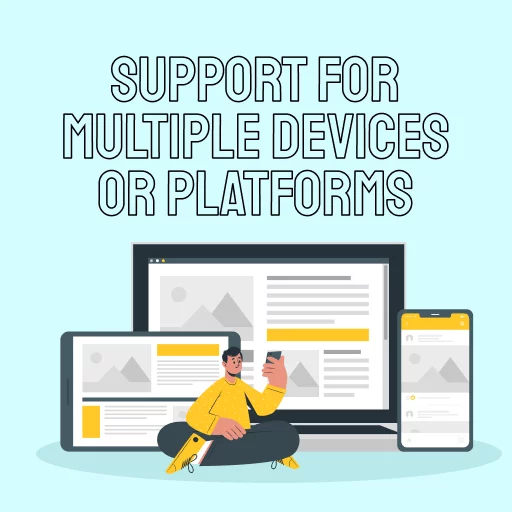
Your interactive walkthrough software should be accessible regardless of what device your users have. For starters, you should ensure that it runs on desktop, mobile, and web. Almost all applications today have a mobile counterpart, so this is a major consideration when investing in interactive walkthrough software.
Software integration
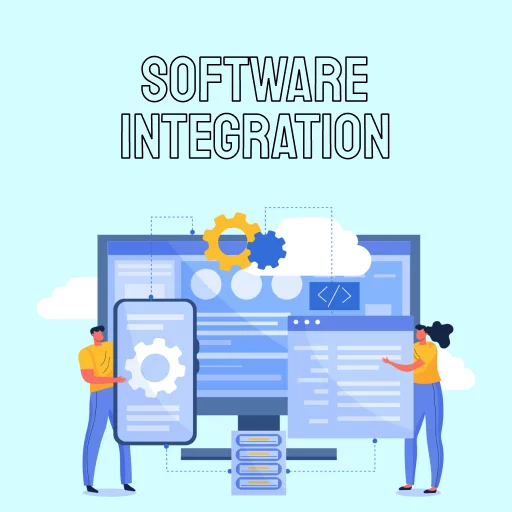
Today’s workflows often consist of processes that are completed using different business applications. Depending on the type of process, this can mean a series of similar applications or a number of applications designed to do various tasks or processes. Consider how your interactive walkthrough software can be integrated with the systems you already use so it can easily become a part of your workflow.
How interactive walkthrough software can transform your business

SaaS companies are typically the ones who use walkthrough software because it’s the ideal solution to educating and onboarding both their customers and their employees. However, the use of this software isn’t limited to SaaS companies and products.
Today’s companies face an uphill battle when aiming for digital transformation, and it’s a process that will take place sooner or later. Today’s businesses are digital businesses. Forward-looking companies know this, and companies who want to future-proof their business should be prepared to face the digital demands of today’s consumers.
Interactive walkthrough software can help assist adoption in the same way that it helps SaaS companies with activation. Digital transformation is a long and often arduous process, and the transition period can be taxing for all members of the organization. As such, providing all the information and assistance you can is vital for success.
The interactive walkthroughs of products like WalkMe, a digital adoption platform (DAP), will not only help employees learn about new tools or systems but will also help get buy-in by highlighting the long-term positive effects of digital transformation.
WalkMe interactive walkthrough software

WalkMe is a digital adoption platform (DAP) that used to be on-premise software but has now transformed into a pure SaaS solution. Popular with enterprise-level companies, it offers a wide range of features that go beyond interactive walkthroughs and boasts robust security. However, the highlight feature of WalkMe is its context-intelligent algorithm that’s designed to predict user needs in order to provide relevant walkthrough and onboarding content.
The multitude of features can sometimes work against WalkMe, however, as some users have found it unwieldy and time-consuming to tweak exactly according to specific use cases. The platform offers various templates to offset this, but it still works best if you put some time and effort into it.
Customer experience

Engaged customers are the best customers. Building seamless digital customer journeys help provide customers what they need when they need it. Interactive walkthrough software helps do this while also lowering overhead support costs by assisting customers toward a self-service model, which empowers customers through more control over their journey and product use.
Digital self-service allows customers to easily find the support they need, increasing their product knowledge and the chances of maintaining brand loyalty. Consequently, brand loyalty helps with customer retention and increasing revenue down the line.
Employee experience

Depending on your company’s workflows and systems, the transition into being a digital workforce will vary. Regardless, this transition is never an easy one, and it comes with a number of challenges. Adoption of digital solutions often comes with an impression of complexity and difficulty; some believe that, in order to master these digital platforms, it’s necessary to have an in-depth knowledge of coding and programming.
Interactive walkthrough software shows that this is a myth. Today’s interactive walkthrough solutions offer no-code automation that makes content creation and delivery easier than ever. It also helps keep communication lines open so employees are kept informed and engaged throughout the entire process.
Interactive walkthrough software also helps identify gaps by providing visibility into how software and other tools are used and how it affects workflows and processes. Insights gained from this help organizations implement data-driven solutions that quantify business efforts into relevant ROI figures.
Product experience
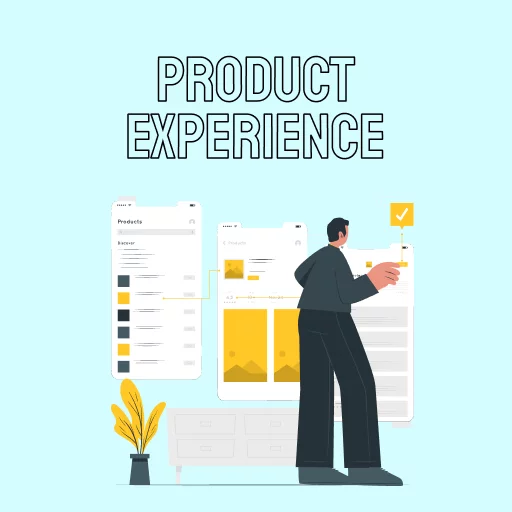
Customer journeys are an important part of the product experience because they show how customers interact with your brand and what they like and dislike about it. Knowing where customers struggle with your product will help you find appropriate solutions—and fast.
Interactive walkthrough software can help provide the necessary information and support so that customers never feel lost or alone. Points of friction can be addressed immediately after identifying them with data-driven solutions.
You can also drive change without the need for coding or development work because interactive walkthrough software doesn’t require either. This means you can quickly and easily solve adoption issues, increase customer satisfaction, and drive retention by providing seamless customer experiences.
Management and IT

Digital transformation requires robust business systems and a solid IT team to back them up. Without digital adoption, however, both of these can do little to drive your organization’s growth.
Digital transformation requires the cooperation and collaboration of the entire organization, including maximizing whatever digital assets or systems you have to increase the chances of success.
Interactive walkthrough software like WalkMe helps provide visibility into how tech stacks aid in the completion of vital business processes. This also includes user behavior across applications and common challenges that hinder adoption. By getting these insights, you can easily calculate ROI on your software licenses, accelerate time to competency on enterprise software, and help push your digital transformation efforts to quantifiable success.
Product education, the do-it-yourself way
Making customers experts on your product is a goal that benefits both them and you. Because learning about your product allows customers to derive value from it at the onset. If they are happy with your product, they will continue using it, providing you with opportunities for upselling, getting product advocates, and acquiring more customers through word of mouth.
Interactive walkthrough software is an excellent option for product education because it allows customers to learn on their own, helps them discover product features, and lets them do what they have to do on their own with interactive guidance. Ultimately, this improves recall because of the firsthand experience with the product and makes difficult concepts easier to grasp.
WalkMe Team
WalkMe spearheaded the Digital Adoption Platform (DAP) for associations to use the maximum capacity of their advanced resources. Utilizing man-made consciousness, AI, and context-oriented direction, WalkMe adds a powerful UI layer to raise the computerized proficiency, everything being equal.



